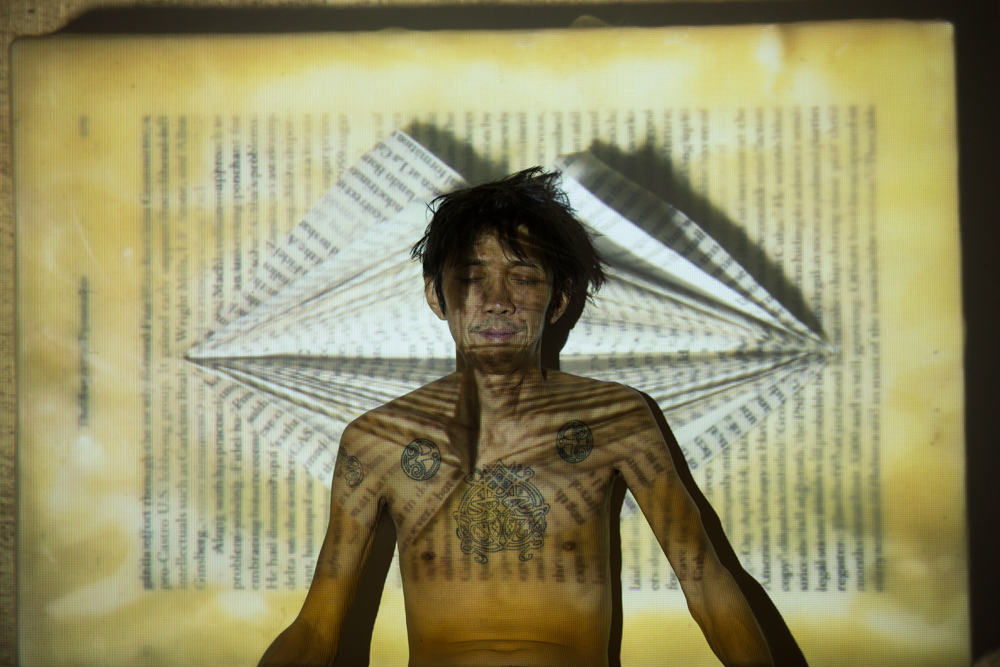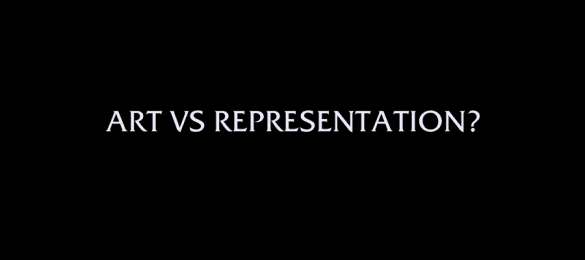Photography and Transformation:
Art over Representation
I was watching a documentary on the American photographer, Joel Meyerowitz, the other night and something he said struck me. He asked What is Art? And he said that art is the everyday things transformed by the artists, or something to that effect. And that word ‘transform’ is what is key to me to separate craft from art, representation from insight. For something as mechanical and as straight forward as photography, it is very subtle, and very difficult to transform an almost invariable document, into an insight, or a conduit into the photographer’s view. Transformations can be subtle, like how some German photographers take pictures of the mundane but with the utmost craft, and this amount of detail of the mundane, somehow lifts the mundane into another plane. It can be more obvious in the sculpture of Anish Kapoor, where the dimension and tactility of his sculpture challenges the audience to re-evaluate the sense of what is solid in everyday life.
So I am not convinced that hooking a time-lapsed camera onto your dog or cat is going to produce art, it could be cute entertainment, but it is not transformative. The materials that artists use are of this world, but somehow their transformation into art, creates the potential for the viewer to have their consciousness expanded. And that is why art is not just in galleries and theatres. When chefs create food that can change our consciousness, they create art. The same goes for clothes designers, masseurs etc.
Too often the artist tries to make a representation of the object or idea that they are interested in. It is clumsy. A police report of a crime scene is not art, it is a representation. When the story of the crime is dramatized and made into a novel, a play or a movie, there could be enough of a transformation of the material to engage the audience on the larger question of the human condition. Then there is art.
This mind you, is not a discussion of what is good or bad art, I think the transformation by the artist is a per-requisite.
Text by Tan Ngiap Heng.
More from Ngiap Heng at http://www.thepond.com.sg
Share



Comments 3
I love Moriyama and I think that his deliberate choice of pushing his film and camera equipment does transform everyday scenes into a revelation of his own searching nature. We do not simply see the scene taken by Moriyama, but his photographic method also reveals his psyche.
Yes!
The interesting thing about representation and the mundane is that sometimes it’s sum can be transformative. A photographer that always comes to mind is Moriyama’s work that, for me, comes to life only when seen not as individual photographs but as a never ending (?) series.